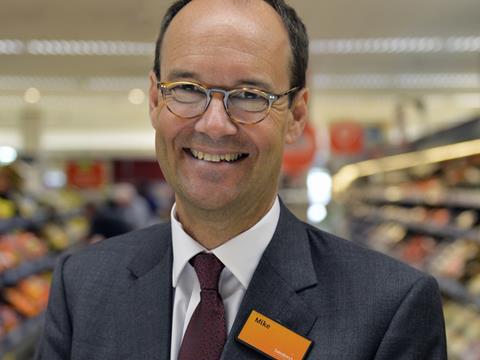
Sainsbury’s (SBRY) CEO Mike Coupe has speculated that its 2.1% first quarter like-for-like sales decline could signal the “low point of the cycle” as industry deflation eases and volumes return.
Investors backed Coupe’s cautious optimism as shares in the group jumped 5% today to 262.5p despite a sixth consecutive quarter of falling revenues driven by food deflation and the supermarket price war.
Volume and customer numbers continued to grow in the 12 weeks to 6 June after turning positive in the fourth quarter, with basket size also flattening out following years of reducing, Coupe added. The grocery market as a whole, not just Sainsbury’s, was also starting to see volume growth return after five years of decline, he said.
“We would be cautious but we see the market as slightly better than expected when we laid out our plan in November and our position against that market is slightly better,” Sainsbury’s chief executive said. “There are encouraging signs, but let’s not get too carried away until some of the trends we have talked about continue for the next couple of quarters. At that point you may look back and say ‘that was the low point of the cycle’.”
Volumes increased by between 1.5% and 2% in the quarter – fuelled mostly by the cuts in price of 1,100 lines – against a deflationary backdrop of -2% to -2.5% , Coupe said. The deflationary environment showed signs of stabilising with a return to positive inflation expected by the end of the company’s 2015-16 financial year, he added.
Sainsbury’s is investing £150m on price this year as it fights back against the discounters and battles with Tesco, Asda and Morrisons, which this week announced it was slashing the cost of 200 everyday products. The price gap with Aldi and Lidl has also narrowed by 10% compared with a year ago from 25% to 15%.
And Coupe pledged further cuts if necessary to maintain Sainsbury’s price position. “We will address any issues which come our way if there is any price response in the market place,” he said. “And we are confident we have the cash resources to deal with all but the most extreme scenarios.”
Analysts remained concerned, however, that the price war is set to get even uglier in the coming months. Bank of America Merrill Lynch said the potential “irrational behaviour” of competitors could force Sainsbury’s to invest above its current plan. Shore Capital added it was worried the supermarket was “vulnerable” to further pricing activity, and Banco Espírito Santo de Investimento said Sainsbury’s had the “most to lose” from a prolonged price war, with inflation crucial for it to maintain profitability.
In May, Sainsbury’s reported its first pre-tax loss in a decade after one-off property costs dragged down figures from a profit of almost £900m in 2013-15 to losses of £72m in the year to 14 March 2015.







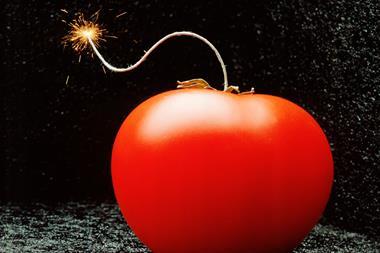
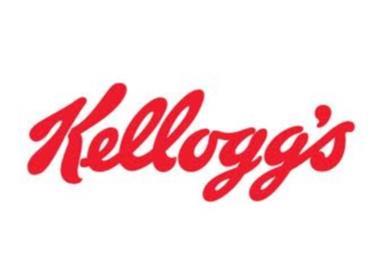

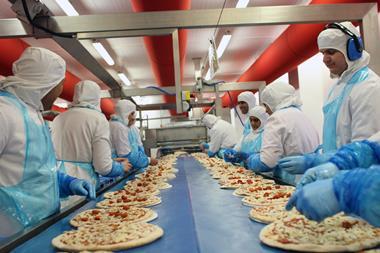
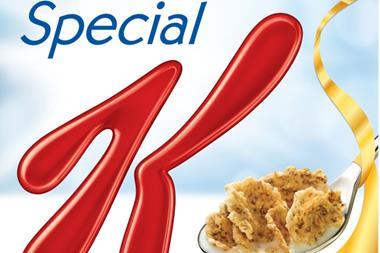
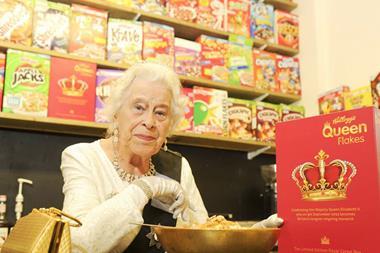




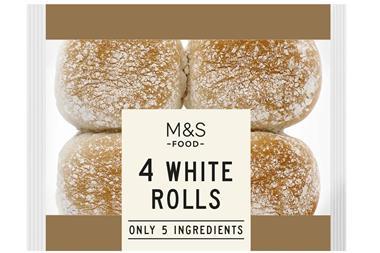

No comments yet